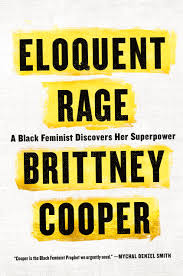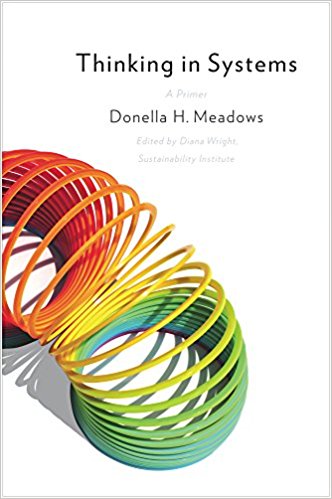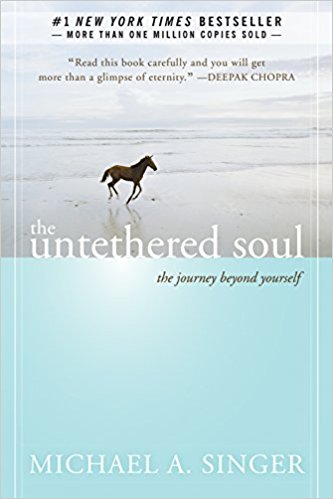Mind the gap
“Compassionate action starts with seeing yourself when you start to make yourself right and when you start to make yourself wrong. At that point you could just contemplate the fact that there is a larger alternative to either of those, a more tender, shaky kind of place where you could live.” –Pema Chodron, In the Gap Between Right and Wrong
 In late October of 2003, I spent 12 hours a day at Mission Hospital helping my mom and stepfather reconcile in their minds and hearts and guts and bank accounts the unambiguous death sentence he had been handed, rather abruptly, by a doctor with some significant deficit of Marcus Welby, M.D.’s empathy, manners, and comforting good looks.
In late October of 2003, I spent 12 hours a day at Mission Hospital helping my mom and stepfather reconcile in their minds and hearts and guts and bank accounts the unambiguous death sentence he had been handed, rather abruptly, by a doctor with some significant deficit of Marcus Welby, M.D.’s empathy, manners, and comforting good looks.
In addition to the shock, disbelief, denial, regret, anger, awkwardness, pain, resignation, fear, horror, and rage, rage against going into that good night—all those predictable stages you must move through quite quickly if you only have 37 days left above ground—there was also a lot of just plain mundane logistical stuff to deal with: driving, parking, meals, powers of attorney, quick Last Wills and Testaments typed out in My Best Fake Legalese on my computer at 2 a.m. and witnessed by a somewhat surprised man from Destin, Florida, and his wife, Myrtle, who just happened to be visiting Myrtle’s brother Marvin as he recuperated from hernia surgery in Room 212, and now forever memorialized on the last document my stepfather ever signed, his last act of agency before succumbing to the dangerous and swift train ride down (or up, as the case may be).
These pedestrian activities didn’t measure up to the significance of a life’s end, but the need for convenient and covered parking doesn’t stop just because your world has, I guess. That’s why so many kind folk can get to making jello and marshmallow salads and squash casserole at the passing of a congregant; it’s something to keep busy with when the other stuff—acknowledging our own mortality, for one—is just too scary, too angry-making, too futile and impotent and fearful and mean-spirited and desperately, irretrievably sad. It’s why Boards of Directors can spend 10 minutes authorizing a three million dollar expenditure and 2 hours talking about parking spaces. We go where we can in those moments of sheer dread and unsureness.
Since Mama can’t walk very far with those two metal hips and other accoutrement, every night after our hospital vigil in that cold, pristine room, I deposited her in a lobby straight chair while I searched for the car and drove up to fetch her. One night she opened the car door in mid-sentence, never having been one to wait for an audience to start talking. “That revolving door says the oddest thing as people come in,” she drawled in her Southern accent. “I listened to it over and over again and it has a little recording of a nice man’s voice that says, ‘This Door is Roast Beef; Please Do Not Push.’ Every time I go through it, that’s what it says! Why on earth would it say that to me?” she turned to ask, plaintively, her big eyes bulging behind plastic-framed glasses so large it appeared she was protecting her corneas from a welding arc or, perhaps, an unexpected total eclipse.
 My first time in London, I heard the ubiquitous announcement in the Underground: “Mind the Gap.” (A precursor to my mother’s revolving roast beef, my friend argued that the shouty voice said “Mine’s a cat.”)
My first time in London, I heard the ubiquitous announcement in the Underground: “Mind the Gap.” (A precursor to my mother’s revolving roast beef, my friend argued that the shouty voice said “Mine’s a cat.”)
I read that “Mind the Gap” originated on the Northern Line where the gaps between the curved train platforms at Embankment Station and the train itself were particularly large; evidently, early in the history of Tube-line building, the companies had to build their railways beneath public roads, so sharp curves were required. Allegedly, the slightly-off-putting gap at Bank is so large because the tunnel diggers of the time had to swerve a lot to miss the Bank of England’s vaults. (Money is the root of all gaps, as it turns out.)
 I do wonder about gaps, those liminal “spaces between” that we fear and avoid and act awkward in, like those 37 days in which my stepfather stood with one foot on one side of the gap and one foot on the other. What’s appropriate in those spaces, those moments in life when it’s almost time to go, but not quite, so you don’t have time to start anything new, but it’s too long to sit idle? When you’re neither here nor there?
I do wonder about gaps, those liminal “spaces between” that we fear and avoid and act awkward in, like those 37 days in which my stepfather stood with one foot on one side of the gap and one foot on the other. What’s appropriate in those spaces, those moments in life when it’s almost time to go, but not quite, so you don’t have time to start anything new, but it’s too long to sit idle? When you’re neither here nor there?
 There is an in-between space or gap between me and you, between intention and impact, between belief and tolerance for other beliefs, between perception and preconception, between Self and Other, between promise and delivery, between what I heard and what you actually said, between life and death. How large is it?
There is an in-between space or gap between me and you, between intention and impact, between belief and tolerance for other beliefs, between perception and preconception, between Self and Other, between promise and delivery, between what I heard and what you actually said, between life and death. How large is it?
We must mind the gap between who we believe ourselves to be and who we desperately want others to think we are. The shorter the distance, the healthier the person.
We must mind the gap between how we see the Other and who they believe themselves to be. The shorter the distance, the healthier the community.
And we must mind the gap between how we see our stakeholders and how they see our organizations. The shorter the distance, the healthier our business.
~*~ 37 Days: Do it Now Challenge ~*~
 When we hear “mind the gap,” it doesn’t mean “don’t go over it.” The gap is something we must traverse if we’re on the London Underground, in order to move forward. The same is true in life. Mind the gap between Self and Other, that place where weeds can grow. Mind the gap between roast beef and slow speed, between what I hear and what is, between two hard places. Spend some time in that tender, shaky, liminal kind of place in between. Mind the gap, not to avoid it, but to measure and walk toward it. Find those edges.
When we hear “mind the gap,” it doesn’t mean “don’t go over it.” The gap is something we must traverse if we’re on the London Underground, in order to move forward. The same is true in life. Mind the gap between Self and Other, that place where weeds can grow. Mind the gap between roast beef and slow speed, between what I hear and what is, between two hard places. Spend some time in that tender, shaky, liminal kind of place in between. Mind the gap, not to avoid it, but to measure and walk toward it. Find those edges.






